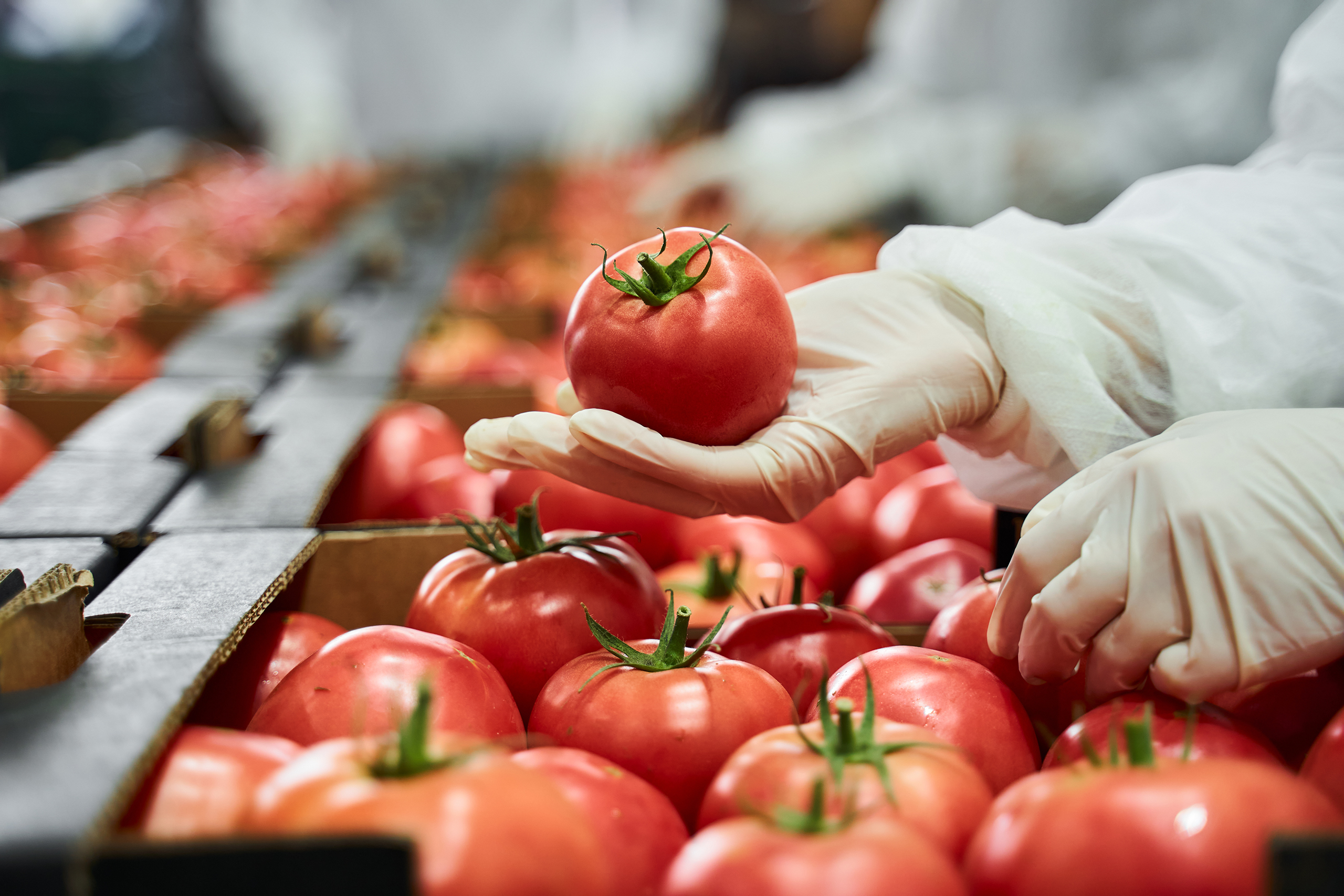Tomato storage storage
Storage characteristics:
(1) Tomatoes are native to the tropical regions of South America. They like warmth and are not resistant to low temperatures. However, fruits with different maturity levels have different temperature requirements.
(2) Tomatoes are climacteric fruits. If you want to store tomatoes long-term, use ripe green fruits for long-term storage. The suitable storage temperature is 10-12°C.
(3) The suitable storage temperature for ripe red fruit is 0~2℃, the relative humidity is 85%~90%, and the concentration of O2 and CO2 is 2%~5%.
Variety selection and harvesting:
(1) To store tomatoes, you must first choose storable varieties. Varieties with high dry matter content, thick peel, dense flesh, and small cavity are more resistant to storage.
(2) The fruits on the plant’s lower layer and the top are challenging to store.
(3) There is a very close relationship between harvest maturity and storability. The harvested fruit is too low in maturity, the accumulated nutrients are insufficient, and the quality of the stored fruit is poor. Ripe red fruits quickly become soft and rot and cannot be stored for a long time.
Storage method:
Simple controlled atmosphere storage of tomatoes is currently used in production. At ten ℃ ~ 13 ℃, control the O2 and CO2 in the plastic tent bag to be 2% ~ 5%, combined with anti-corrosion treatment, it can be stored for 30 ~ 45 days.

Storage of Chinese cabbage
1.Storage characteristics:
The suitable storage temperature is (0±1) ℃, and the relative humidity is 90% to 95%.
2.Pre-harvest management:
Stop irrigation one week before harvest.
3.Storage methods:
The storage of Chinese cabbage mainly includes storage in cellars, ventilated warehouses and mechanical cold storage.
Pre-storage treatment
1.Harvest at the right time
2.Drying After the cabbage is cut down, it should be dried in the field for 1 to 2 days to make the outer leaves lose part of the water. Drying should be moderate.
3.Processing and pre-storage The dried Chinese cabbage is transported to the side of the cellar, and the yellow and rotten leaves are removed and then classified and selected. It should be protected from heat, rain and frost during the storage period.
4.Chemical treatment: If you want to solve the debonding problem, you can treat the roots of cabbage with 2,4-D at a low concentration (10-15mg/L), and the drug effect can be maintained for 2-3 months.

Storage methods and management techniques
Stacking method
The Chinese cabbage is piled up in the cellar into strip-shaped piles about 2m high and 1-2 cabbage long, and a certain distance is left between the banks for ventilation management. The shelf storage effect is good, the loss is low, the storage period is long, and the frequency of pouring vegetables is less than that of pile storage.
After loading the vegetables into baskets, they can be stacked into stacks with a height of 5 to 7 layers in the warehouse. Appropriate ventilation channels should be left between the baskets and the piles. Mechanical cold storage is relatively high, and basket storage or shelf storage is mainly used. the
Storage management technology
(1) Pre-storage period: From entering the cellar to “heavy snow” or “winter solstice” is the pre-storage period. Ventilation and cooling are mainly used in this period, which requires a large amount of air release and a long time. Try to use night air release to make the temperature drop as soon as possible and maintain it at around 0°C.
(2) The mid-storage period is from the “winter solstice” to the “beginning of spring”. During this period, antifreeze and heat preservation are mainly used, the number of times to pour vegetables is reduced, the cycle is extended, and ventilation is appropriate at noon.
(3) In the later stage of storage, after the “beginning of spring”, the temperature gradually rises, and the cellar temperature also gradually rises. At this time, ventilation should be given priority when the temperature is low at night, the cycle of pouring vegetables should be shortened, and the height of vegetable stacks should be lowered frequently.



